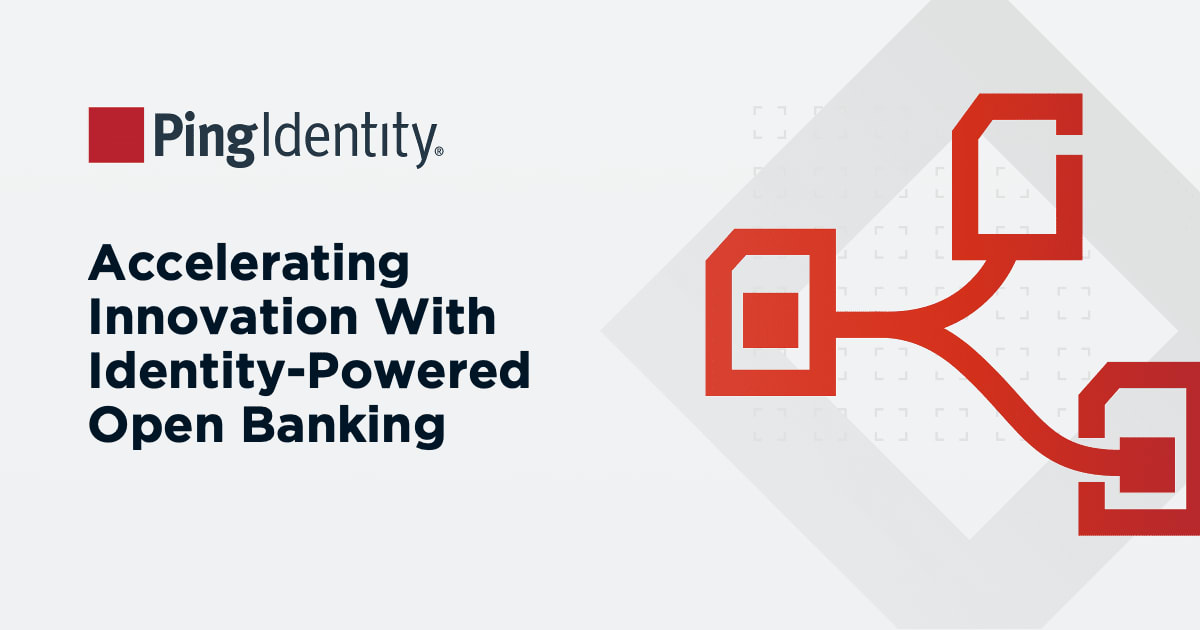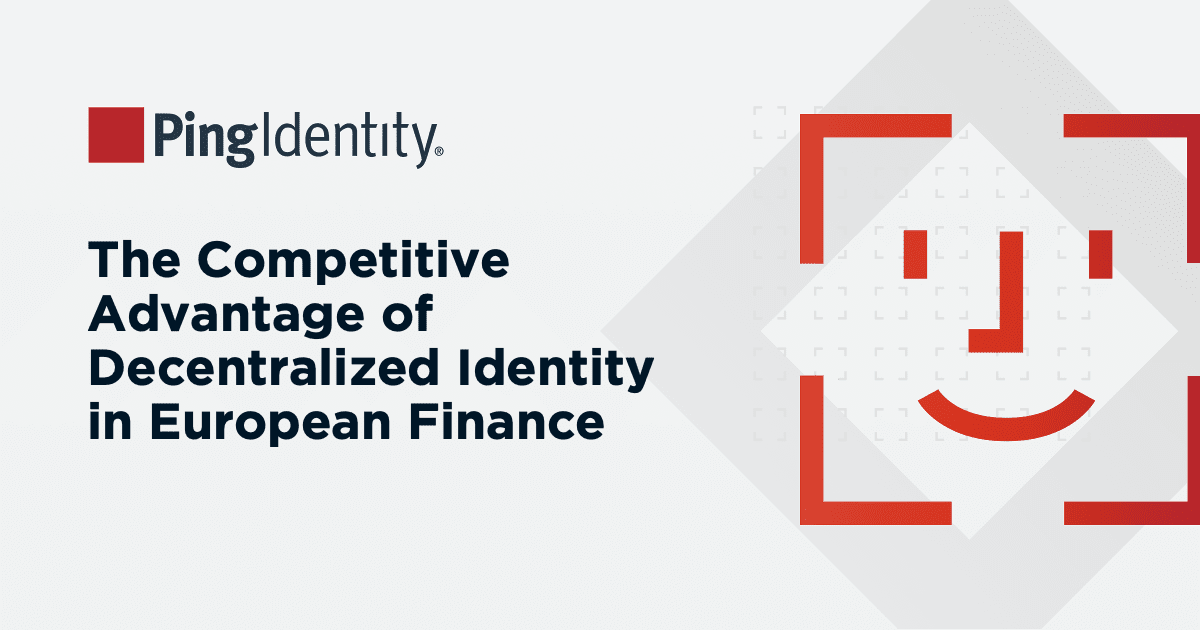Customers want it all—convenience, security, and privacy—in every digital experience. Optimizing all three for your business is challenging, but not impossible. With the right approach to CIAM, you can design user journeys that not only connect seamlessly across your entire business, but are frictionless, secure, and compliant with privacy regulations.
From a customer’s perspective, your business is providing them with a single experience that they can engage with across all of your digital properties. But, behind the scenes, this journey is actually a series of touchpoints your brand has created by stitching together different services and apps. It usually spans multiple stages and touchpoints, like this:
While the customer journey will look a little different for every company, the need to make each stage of that journey—and the transitions between them—as seamless as possible, is universal.
That’s where CIAM comes in. With customer identity woven into every interaction point, you’ll lay firm foundations for the exceptional experiences needed to drive customer acquisition and retention, loyalty, and revenue.
Let’s take a look at some of the customer identity capabilities needed at different touchpoints to deliver that smooth and secure experience:
Creating an Account: Verify Who Your Customers Are
Registration and account creation are pivotal moments of any user journey. It’s where your customers decide to start a relationship with your brand. Making a good first impression here is a must.
To delight your customers, you’ll want to remove any unnecessary friction, like long registration forms or clunky identity verification checks. To make the process even more convenient, you can also give users the option to register with their social media accounts or through third-party identity providers.
Objective: Make registration or creating an account fast and frictionless
How customer identity addresses it:
Support for different registration options (social registration, standard fields, or registration with other identity providers).
Straightforward identity verification methods that let customers easily prove who they are.
Customizable registration pages to reflect your brand.
Progressive profiling to gradually build a robust profile of your customers.
Sign-In: Seamless and Secure Customer Authentication
Authentication is how you ensure your customers are who they claim to be during every subsequent interaction with your digital properties. It’s an absolutely critical step, and a tricky one to get right. You want to make the process convenient, but not at the cost of security. While sign-in needs to be very easy for users, it should be impossible for hackers to bypass.
That’s why multi-factor authentication (MFA) is becoming more and more necessary for protecting both users and your brand. But you shouldn’t require MFA at every interaction point—that will only lead to frustrated customers.
It’s better to make authentication decisions in real-time by evaluating user behavior and risk signals each time a customer attempts to login, and only prompt them for MFA when necessary. Doing this helps your business ensure your customers are who they say they are, while providing them with the seamless experience they deserve.
Objective: Make logging in convenient and secure across every digital channel
How customer identity addresses it:
Single sign-on (access to all applications with one username and password).
Convenient and secure password policies.
MFA and adaptive authentication to protect customers while enhancing their experience.
Multiple ways for customers to authenticate (SMS, email, push notifications).
Passwordless login.
Use Services: Authorization for What Customers Can Do
Once your customers have logged in, you need to ensure that they can see and do what they came there to do. It’s also a good idea to be transparent and give them insight into how their data is being used.
If your business leaves authorization logic up to each application owner or development team, customers will encounter inconsistent and disjointed digital experiences—or even security gaps that could potentially expose their data.
Therefore, centralizing authorization across your organization is the way you want to go. It allows you to take a context-aware approach to evaluate access requests in real-time. As a result, you can give customers a seamless experience and protect their data.
Objective: Protect customer data with consistent experiences
How customer identity addresses it:
Dynamic authorization to centrally enforce contextual, fine-grained access policies.
Tailored logic around what customers can see and do to provide seamless, consistent experiences.
Manage and enforce privacy and consent policies to protect customer data.
Respect Customer Privacy Everywhere
Privacy isn’t limited to one stage of the customer journey. Businesses must comply with one or more privacy regulations—like the GDPR and CCPA—which apply at multiple touchpoints in a given digital experience. Your customers should have the ability to make decisions not only about who their data is shared with and how it’s shared, but also what data is shared in the first place.
And beyond merely collecting consent, you also need to enforce it, by giving customers the ability to easily revoke consent at any time. This is how you build trust.
Objective: Provide transparent privacy and consent management
How customer identity addresses it:
Collection and storage of consent.
Enforcement of consent and privacy policies without requiring changes to your apps or APIs.
Transparency about how customer data is shared.
By using identity to address your customers’ expectations throughout their journey, you’ll be on your way to unlocking considerable competitive advantage. When you get customer identity right, you’re able to acquire and retain more customers, build brand loyalty and drive revenue.
If you’d like to learn more about realizing these kinds of benefits for your business, download Ping’s Ultimate Guide to Customer Identity and Access Management. It covers all you need to know about using identity to deliver exceptional experiences that keep customers safe and satisfied.


